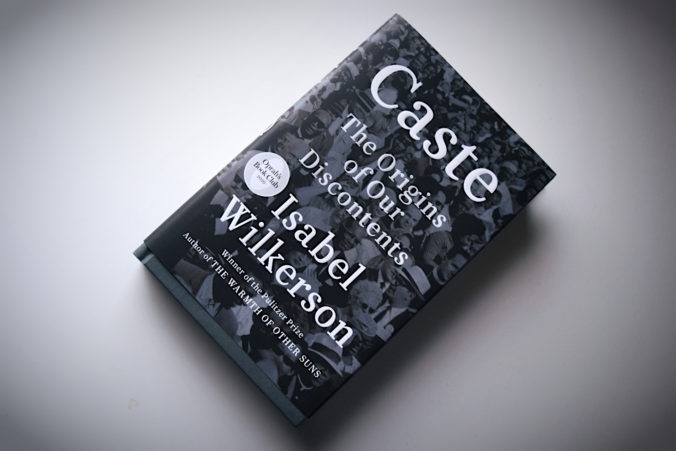By John “Chick” Donahue & J.T. Molloy
In 1967, the war was raging in Vietnam. Public opinion in the US had turned against not only the military but also the troops. Protests broke out across the country and specifically in New York City. George “Colonel” Lynch, a bartender in New York, wanted to show his support. Inspired by the Colonel’s idea, “Chick” Donahue embarked on his new mission. He was going to deliver beer to neighborhood guys in Vietnam.
Writing Style
The pacing of this novel was almost frantic. I would compare the book to a movie like Forrest Gump in that sense. We skip from one unbelievable series of events to the next. Being driven by the narrative, we do miss out on the setting. The writer even references other media such as Full Metal Jacket to expound.
Did I put it down?
I read the entire novel in one sitting. The pacing affected this. The voice was also conversational and made for an easy read.
Who should be reading this?
The setting is the Vietnam War. Although the perspective is unique, the content is not. The horror you find in any war novel is here as well. Violence and language are prevalent throughout the entire story.
Would I recommend The Greatest Beer Run Ever?
Yes, I would. As I said earlier, the book reminded me very much of Forrest Gump, which I have always enjoyed. The difference is that this time the story is true. By the end, I needed to pace myself. In a way, I was searching. I found myself looking for character growth.
Donohue’s mission neared insanity. He was reminded of this regularly throughout the story. I never quite felt that revelation for “Chick,” at least not until the very end. I don’t want that to take away from the story or what he did. In some ways, what he did defines honor and friendship.

